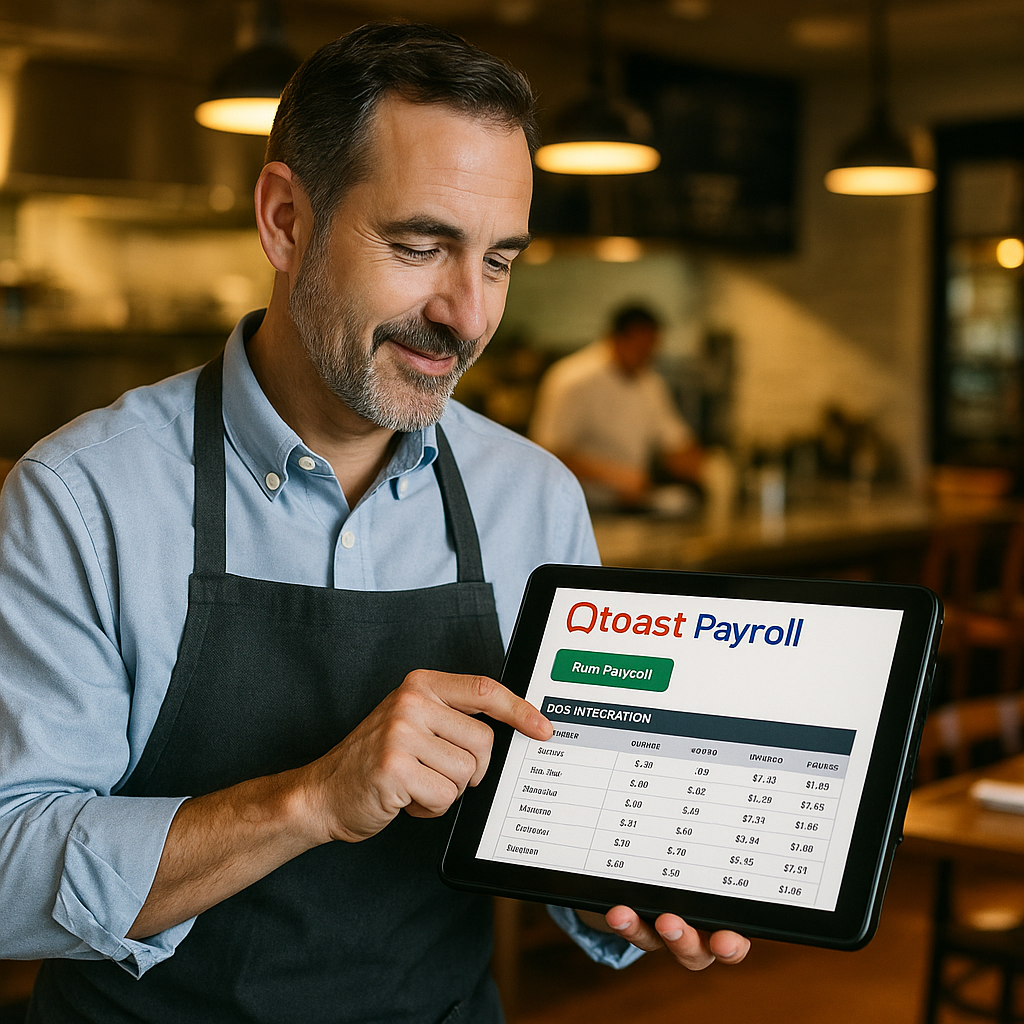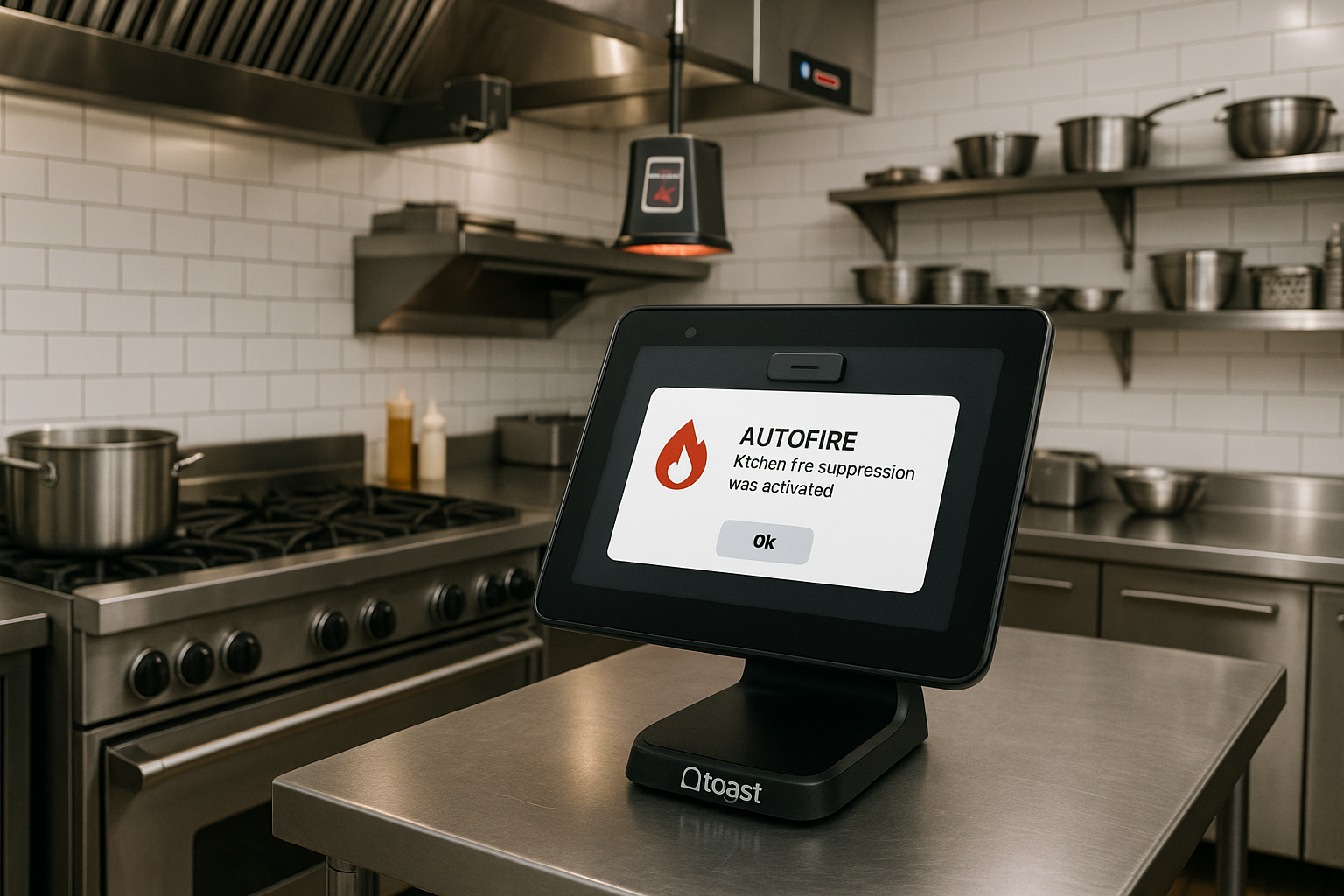Understanding Offline Mode for Toast Devices
Introduction
The Toast POS system is designed to support the fast-paced nature of the restaurant industry, ensuring seamless service even during unexpected disruptions. One of the standout features is its offline mode, which allows restaurant staff to continue taking orders even when internet connectivity is lost. This capability is crucial for maintaining service continuity and customer satisfaction, especially in busy environments where downtime can lead to lost revenue.
Offline mode is an essential feature for restaurants reliant on technology for daily operations. When a Toast device goes offline, it can still record transactions and manage orders, allowing staff to focus on customer service rather than troubleshooting connectivity issues. This feature empowers restaurant owners and employees to provide a consistent dining experience, regardless of external factors.
While offline mode enhances operational efficiency, there are limitations. Notably, staff cannot access guest information to link orders to existing accounts. Understanding these nuances is vital for optimizing the use of the Toast system and ensuring a smooth workflow in your restaurant.
Placing Takeout and Delivery Orders Without Guest Info
When operating in offline mode, restaurants can still process takeout and delivery orders, providing a lifeline for businesses during connectivity issues. However, the inability to access guest information can complicate the process. Staff members must manually input details, which can lead to longer wait times and potential errors in fulfilling orders.
This limitation means that while the restaurant can maintain revenue through takeout and delivery, the customer experience may suffer somewhat. Without the ability to recall previous orders or preferences, the service becomes less personalized, which is often a key aspect of customer satisfaction in the dining experience.
To mitigate these challenges, restaurants can train staff to efficiently manage offline transactions, focusing on accuracy and speed. Developing a streamlined process for taking orders without guest data can help maintain service quality even when technology falters.
Benefits and Limitations of Offline Mode in Restaurants
The primary benefit of offline mode is the ability to ensure operations continue during internet outages. This feature minimizes the risk of lost sales and maintains customer service standards, allowing restaurants to operate with confidence, even in unpredictable circumstances. For staff, being able to keep taking orders without interruption can reduce stress and enhance productivity.
However, the limitations of offline mode cannot be overlooked. Without access to guest information, staff may find it challenging to provide personalized service. This can be especially significant for regular customers who expect their preferences to be remembered. The inability to link orders to existing accounts may also complicate loyalty programs and promotions, resulting in missed opportunities for engaging with customers.
Ultimately, while offline mode offers a valuable safety net for restaurants, it is essential to acknowledge its drawbacks. Balancing the benefits of continued operations with the need for personalized customer service will be critical for delivering an exceptional dining experience.
Tips for Managing Offline Transactions Efficiently
Navigating offline transactions can be a challenge, but with the right strategies, restaurants can still provide excellent service. One key tip is to implement a robust training program for staff, ensuring they understand the importance of accuracy when taking orders without guest data. Regular drills or simulations can familiarize employees with the process, helping to minimize errors when offline.
Another useful approach is to develop a manual order form that staff can use in offline mode. This form should allow for easy collection of all necessary order details, including customer names and contact information. Once the device is back online, this information can be entered into the system, ensuring a smooth transition and minimizing disruptions.
Lastly, communicating with customers about the potential for service changes during offline mode can enhance their experience. Informing them that you are still ready to take their orders, albeit in a slightly different manner, can help maintain transparency and build trust.
Conclusion
The ability to process takeout and delivery orders in offline mode is a significant advantage for restaurants using the Toast POS system. While it presents certain challenges, such as the inability to access guest information, proactive training and efficient procedures can help mitigate these issues. By understanding both the benefits and limitations of offline mode, restaurant operators can harness its potential to maintain excellent service under any circumstances.


